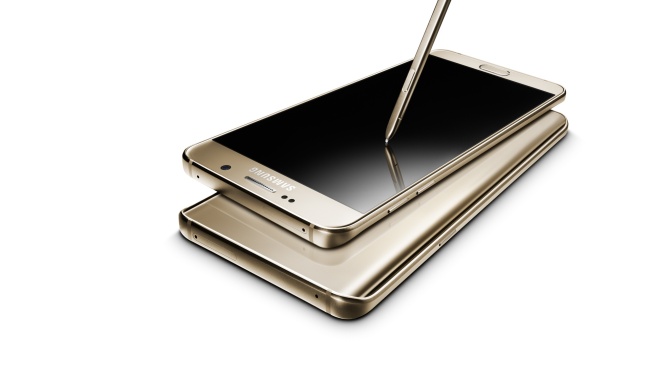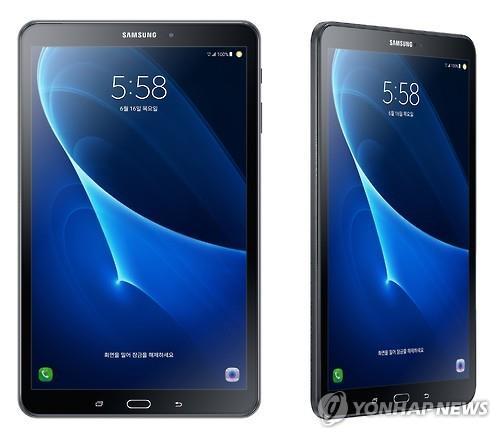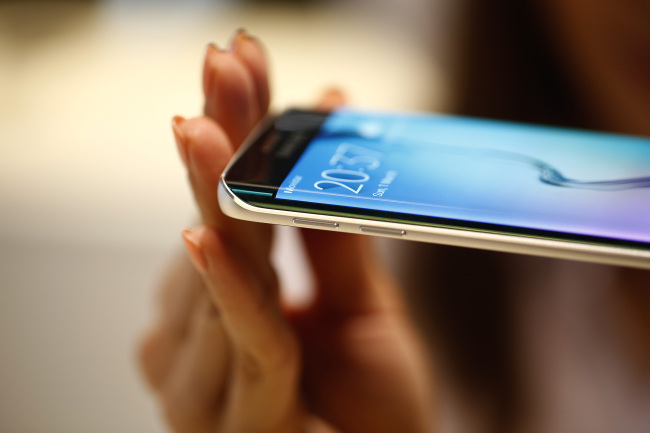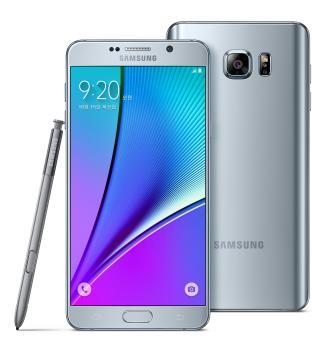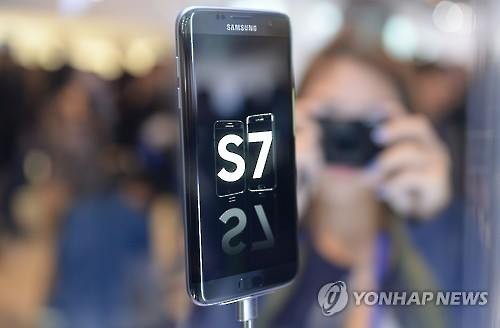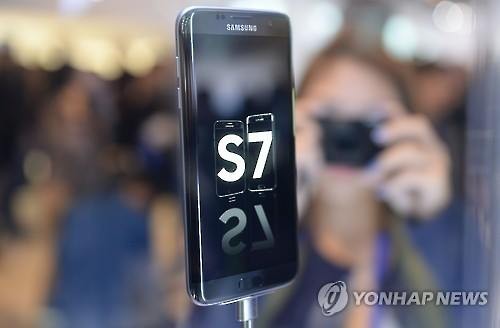Korean smartphone maker Pantech on Wednesday unveiled a new model – the first in 20 months -- targeting mid-tier customers with upgraded audio, display and battery-charging features.
Named “Sky IM-100,” the new smartphone sports a 5.1-inch display, Qualcomm’s Snapdragon 430 processor and the Google Android 6.0 Marshmallow operating system, the company said.
The product is the first that the company has released since it was acquired by a consortium last year.
Pantech had previously used the “Sky” brand for its phones years ago, however, it has now attached to the name the number “100,” which is pronounced as “baek” in Korean, to signify the firm’s return to the market after spending years overcoming financial difficulties and restructuring.
The phone features a revolutionary tube-shaped accessory called “Stone,” which combines three functions – a speaker, wireless charger and lighting, the company said.
Once placed on the charger, the phone will be automatically charged. Such technology was previously only available in premium models of Samsung Electronic’s Galaxy S series. Stone also serves as a speaker as it is equipped with two 3W speakers and a woofer.
Stone can also be used as indoor lighting, turning the phone into in a mood lamp with various colors and patterns upon connecting with a lighting application.
The “Wheel key,” a wheel-shaped button behind the phone, allows users to easily turn on the music player and control the volume by turning the wheel in 100 levels.
External memory slots of the phone also allow for memory expansion of up to 2TB.
Sky IM-100 will be released on June 30 at the price of 449,000 won ($388). The phone will be offered in white and platinum black, the company said.
Named “Sky IM-100,” the new smartphone sports a 5.1-inch display, Qualcomm’s Snapdragon 430 processor and the Google Android 6.0 Marshmallow operating system, the company said.
 |
| Two promotion supporters show Sky IM-100 at a press conference in Seoul, Wednesday. (Yonhap) |
The product is the first that the company has released since it was acquired by a consortium last year.
Pantech had previously used the “Sky” brand for its phones years ago, however, it has now attached to the name the number “100,” which is pronounced as “baek” in Korean, to signify the firm’s return to the market after spending years overcoming financial difficulties and restructuring.
The phone features a revolutionary tube-shaped accessory called “Stone,” which combines three functions – a speaker, wireless charger and lighting, the company said.
Once placed on the charger, the phone will be automatically charged. Such technology was previously only available in premium models of Samsung Electronic’s Galaxy S series. Stone also serves as a speaker as it is equipped with two 3W speakers and a woofer.
Stone can also be used as indoor lighting, turning the phone into in a mood lamp with various colors and patterns upon connecting with a lighting application.
The “Wheel key,” a wheel-shaped button behind the phone, allows users to easily turn on the music player and control the volume by turning the wheel in 100 levels.
External memory slots of the phone also allow for memory expansion of up to 2TB.
Sky IM-100 will be released on June 30 at the price of 449,000 won ($388). The phone will be offered in white and platinum black, the company said.



